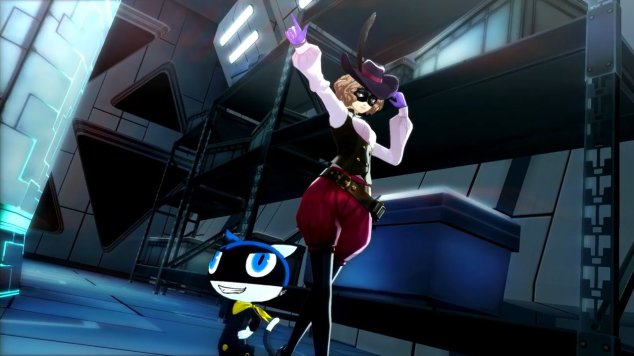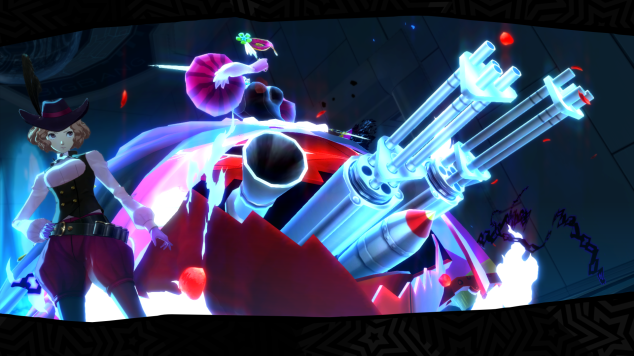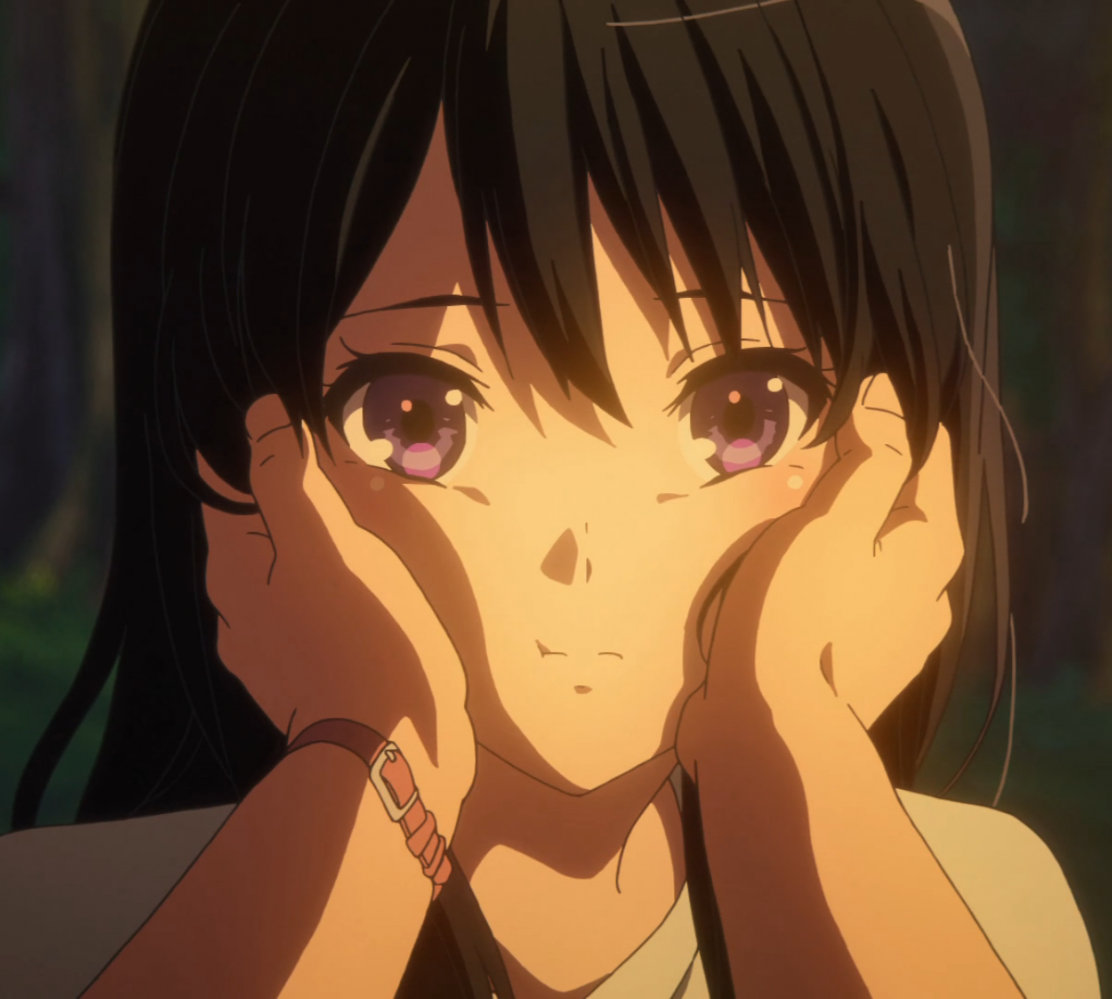
The Persona series has always been rich in symbolism, showing off its vast, almost encyclopedic knowledge of random culture and mythology by infusing them into most every aspect of the game. From the designs and names of each individual persona to the less subtle random school trivia questions thrown your way, interesting facts and references can be found everywhere. The most meaningful places where you can find these allusions however, would have to be in the costume and persona designs of The Phantom Thieves.
Rebellion is the major theme of Persona 5, and so each member of The Phantom Thieves has their own incident/reason that sparks their rebellious spirit. From that spark ignites a fiery passion, and that’s how their persona’s are born. With their persona comes their own costume as well, and both off these things are designed to portray their own idea of rebellion. You, the protagonist, act as the gentleman thief in your sleek and ravishing attire, with Arsene as your persona, named after the original gentleman thief and master of disguise Arsene Lupin, a classic character from French literature created by Maurice Leblanc (Leblanc also being the coffee shop you take refuge in). Much like The Phantom Thieves, Lupin works on the wrong side of the law to take down those much more villainous than he.

I’m not going to go into detail for all of them, but I find it incredibly interesting and worthwhile to point out that there are a lot of references to almost completely random things throughout history and cultures. There are nods to classic French literature, Japanese lore, Greek mythology, Norse gods, and even a palace dedicated to ancient Egypt (and that’s barely scraping the surface). These allusions all speak to the aesthetic sensibilities of their respected characters, telling us what it means in their minds to revolt against the powers that be, and also exist as a reflection who they are and/or what they’ve been through.
Their costumes often embody this same ideal of rebellion manifested through their personas. For The Phantom Thieves, rebellion means pirates, femme fatales, outlaws, bikers, hackers, and even just plain old masculinity. That last part is what makes Haru my favorite in terms of costume and motif (though not best girl). She comes from a rich and powerful family and is treated as a political tool by her father, almost forced into a marriage for corporate connections. Haru has to deal with this blatant misogynistic oppression, leading her to the conclusion that her rebellion is gender based, taking a form of masculinity in the Metaverse. Her costume is that of a sort of French prince from a few centuries ago, and her weaponry is that of a hefty battle axe and a grenade launcher. The way she wields the battle axe is like she’s trying to prove herself with every swing, and I really admire the attitude she invokes with that.
And just to reiterate, Haru’s not best girl, though very close.

Thanks for reading! I will be writing more about Persona 5 in the coming week or so, and I thought I’d break it apart a bit because there’s so many aspects of the game to talk about. There are still some thoughts I want to share on the gameplay and design, story and themes, and maybe some spoiler stuff. If you’ve beaten the game and want to hear my thoughts on the ending please let me know, and also tell me about any thoughts you have related to the game and/or my post, I’d love to hear what you think.
Oh, and here’s a great video going into the symbolism of each character by Zamkusen that you might like if you found this post intriguing.
